Rumble in the Bronx was essentially a Hong Kong film – it was produced by Golden Harvest – that was shot in Canada and specifically designed to please a US audience.
Even after that film’s success, Chan did not focus on America, making Hong Kong films Thunderbolt, First Strike, Mr. Nice Guy and Who am I? Always confident, Chan waited for Hollywood to come to him – which it did, in the shape of the cheerful buddy-cop comedy Rush Hour.
Rush Hour was Chan’s first US film after Rumble in the Bronx established him in America. Produced by New Line Cinema, it was a fully fledged US studio movie, and was a hit, taking over US$140 million at the US box office.
Hong Kong’s Category III adult film industry laid bare in 2 films
Hong Kong’s Category III adult film industry laid bare in 2 films
The film did not originate with Chan – his role in it was the idea of now disgraced producer-director Brett Ratner, who was a big fan of Chan’s work. (Ratner left Hollywood in 2017, after numerous allegations of sexual harassment and sexual misconduct surfaced.)
Not having met Chan at that point, Ratner flew to the set of Who Am I? in South Africa in 1997, and presented him with a few scripts at dinner. Chan picked Rush Hour as it had the best story, saying he would take care of the action if the director took care of the storytelling.
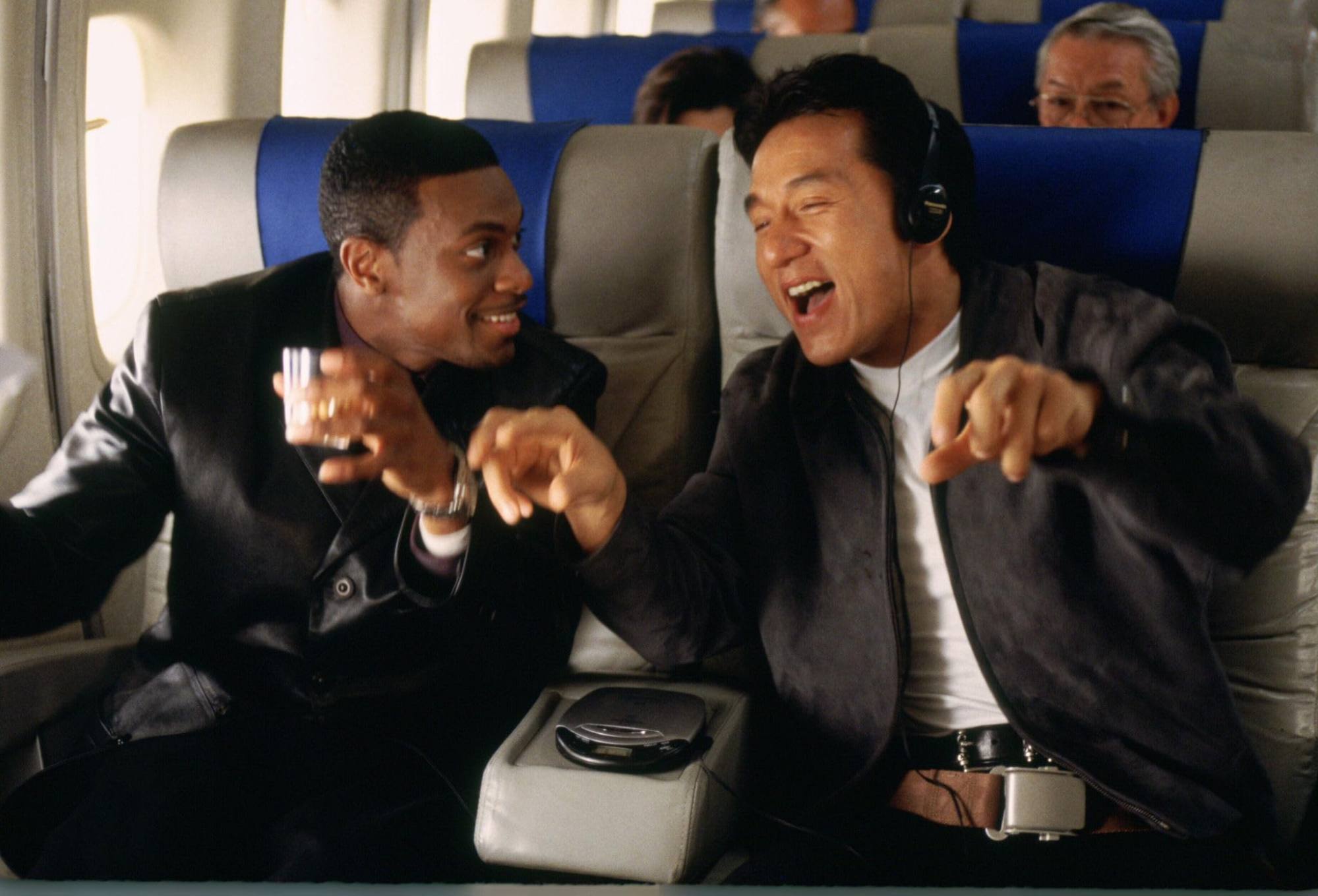
Even after Rumble in the Bronx’s success, producers at New Line were dubious as to whether Chan could draw viewers in the US. They were also concerned about his English-language skills, which even Chan has admitted were lacking – he would later need to be coached on set to get him through his lines.
Consequently, New Line decided to pair Chan with an American star to help carry the weight of the film. Wesley Snipes, Will Smith and Eddie Murphy were considered, but the role of Chan’s cop partner finally went to flamboyant comedian Chris Tucker, who had made a big impression in The Fifth Element, and starred in Money Talks.
The result is a very formulaic buddy-cop movie about a kidnapping that is enlivened by Tucker’s voluminous wit and Chan’s action scenes.
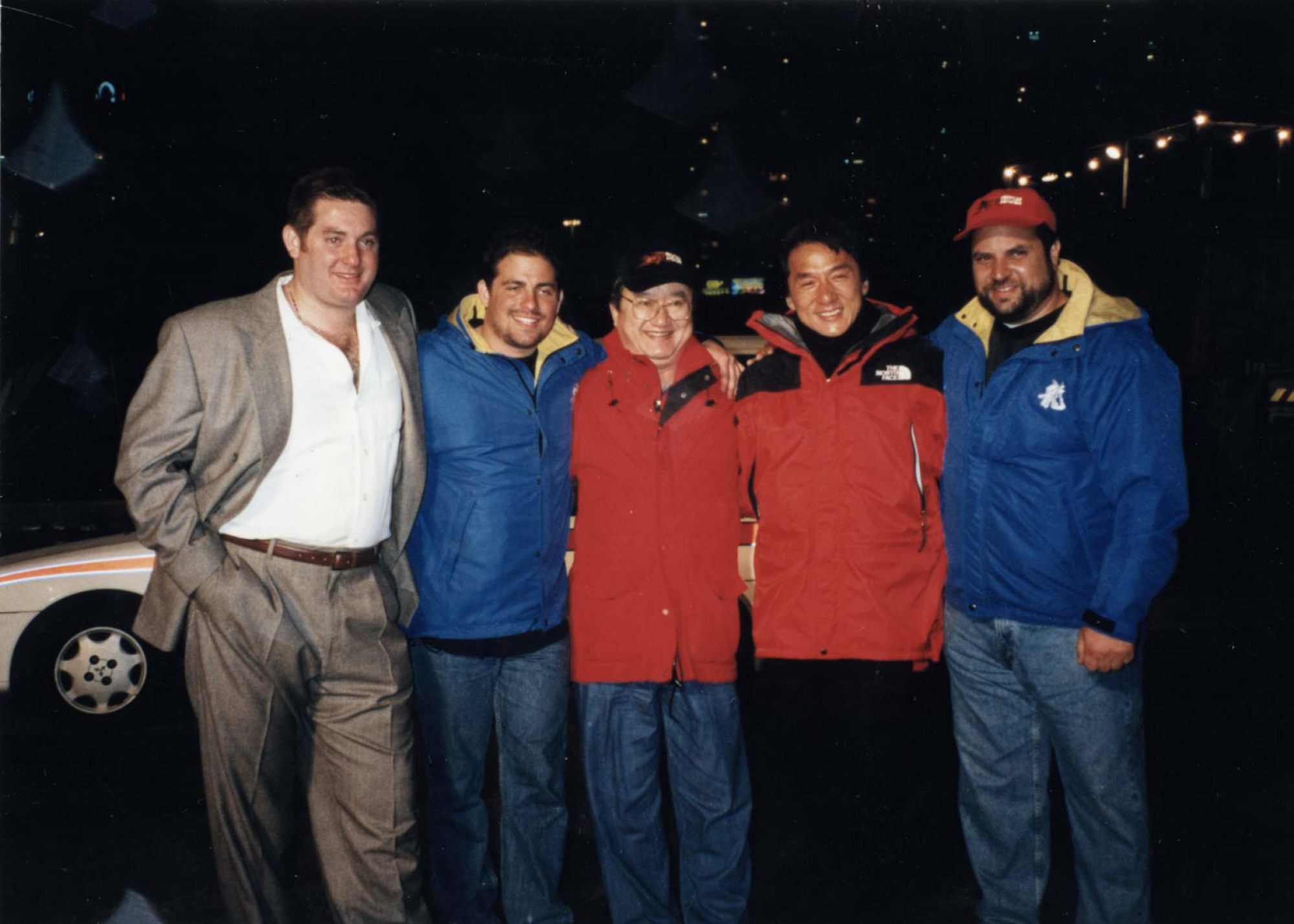
Tucker was at the top of his game in the 1990s, and his improvised dialogue is often hilarious. But it caused problems for Chan, whose lack of English meant that he could not follow what his co-star was saying, and often missed his cues.
“The fight scenes were fine by me, but I got really scared by the dialogue scenes,” Chan said. “If I knew I had a dialogue scene coming up, I couldn’t sleep the night before. Chris is always changing his lines, and sometimes he will do 10 versions of them. But I stick with the script, so I sometimes get lost.”
Still, the match proved unexpectedly good, as Tucker and Chan had a lot of on-screen chemistry, and enjoyed working together. Tucker said he did not want to let Chan down, and worked out more than usual to keep up with him in the action scenes, which he throws himself into with aplomb.
‘Stunts keep Chan ahead’: every 90s Jackie Chan Hong Kong film rated
‘Stunts keep Chan ahead’: every 90s Jackie Chan Hong Kong film rated
Although Rush Hour is entertaining, it was a small step back for Chan. Like anyone else that signed on in Hollywood back then, Chan had to make films the US way.
That meant shorter action sequences, more grounded – and slower – fights, less extreme stunts, and having to compromise with a director. (Chan would always take over the shooting of his Hong Kong films, even if he had hired a director.)
The producers were sensible enough to allow Chan to bring over members of his own stunt team, and he choreographed the fights himself.
But even so, the studio had the final cut, and trimmed all of Chan’s action scenes down to around two minutes each, saying that US audiences were not ready for the star’s usual long action scenes.
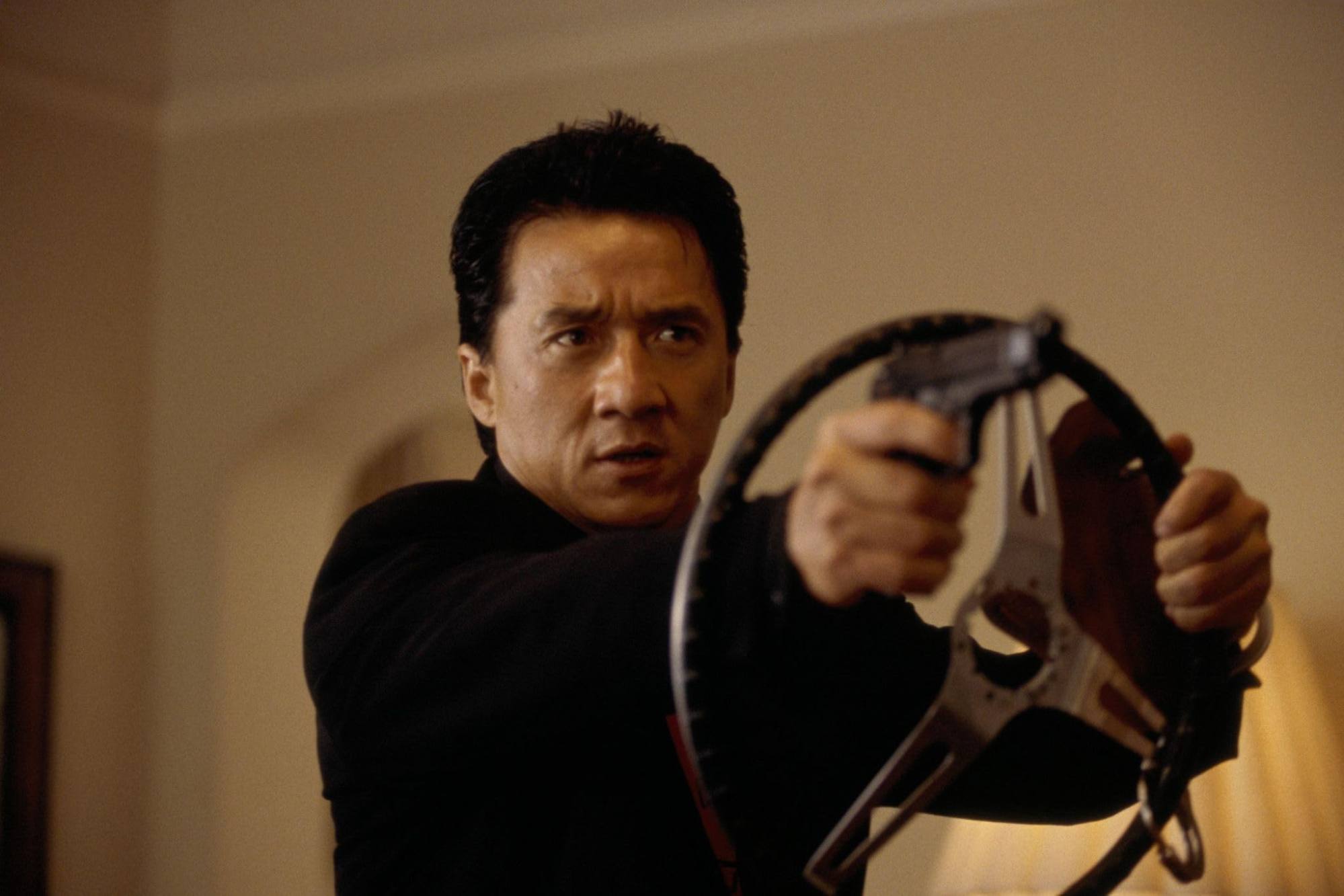
Chan’s performance was also limited by insurance concerns. Realising that stunt performers take big risks in Hong Kong, veteran Hollywood stunt coordinator Terry Leonard was brought on board to make sure that all the stunts were safe.
If there is a danger of a performer getting injured on an American set, film insurance companies get nervous, as it means that a shoot may have to shut down for a while – thus triggering an insurance payout.
“We are not allowed to take those risks here, insurance wise,” Leonard said. “So we have to rig everything for Jackie, to make sure there is no chance of him getting hurt.
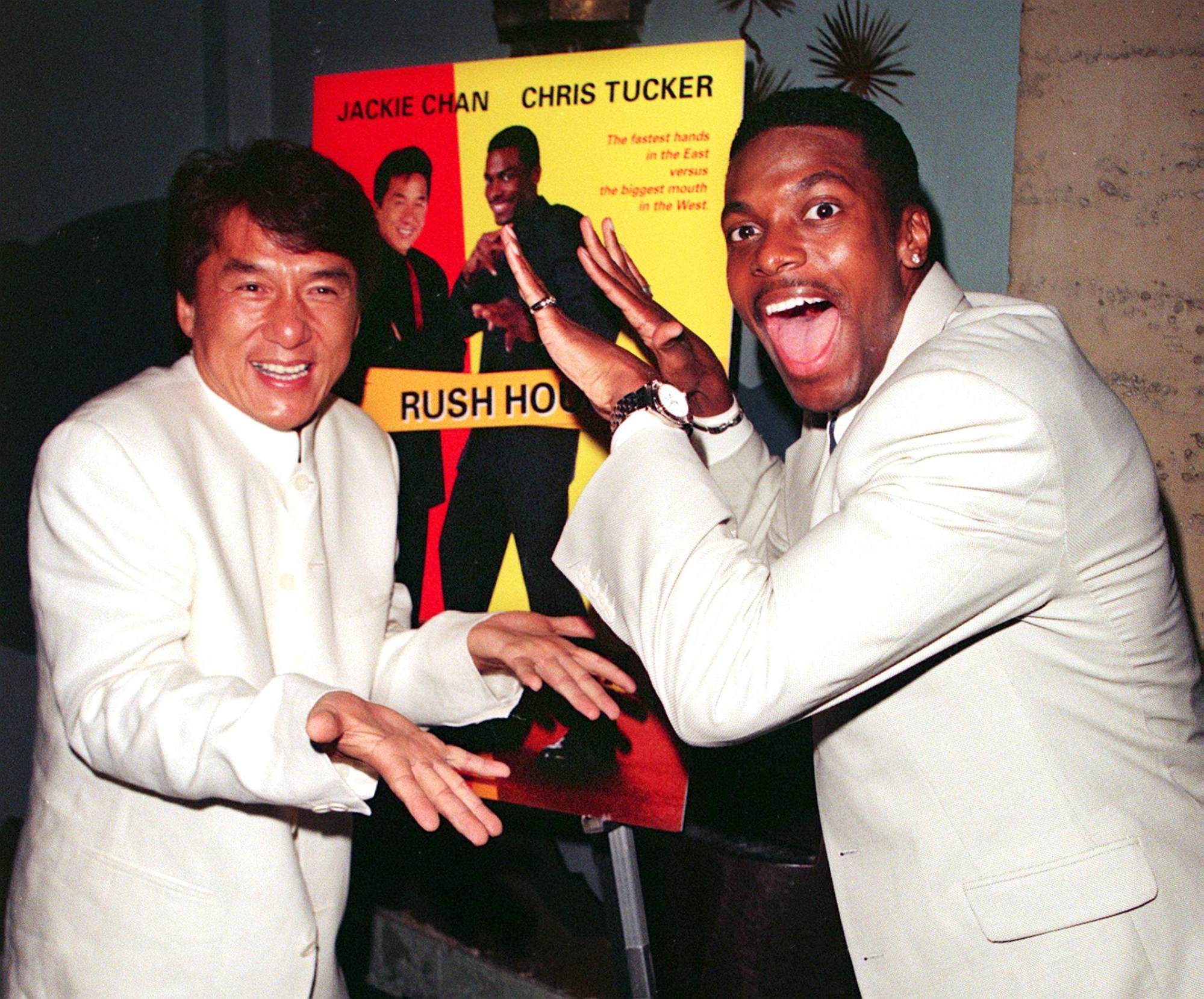
“I’m sure a lot of people have seen his outtakes [at the end of his films], in which he gets himself banged up and sometimes shuts the movie down. Here we can’t afford to do that.”
Chan said that he was fine with the safety procedures, as he was fed up with getting hurt in Hong Kong productions. At the time, Chan was also trying to make shoots safer for his stunt team back in Hong Kong.
Leonard’s job was also to wrangle the stunt team so they kept to the tight shooting schedules, as US productions had much less time allotted to their action scenes than Hong Kong films – those scenes had to be shot in days, rather than weeks.
Why Jackie Chan ‘didn’t like’ Rush Hour 2, and why he was justified
Why Jackie Chan ‘didn’t like’ Rush Hour 2, and why he was justified
The aim was to make the film a hit with Hong Kong audiences, and a few bits of the opening were reshot in the city. But it did only passably well there.
Reviewing for the Post in 1998, this critic wrote: “It has a certain freshness and charm absent from much of Chan’s recent Hong Kong work … though the stunts and martial arts are slightly underplayed to appeal to a Western audience, Rush Hour is very much a Jackie Chan movie.”
Chan himself has said he did not like the film very much, noting that the fight scenes were so much shorter than in his Hong Kong films that his Asian fans were disappointed. Consequently, he did not abandon Hong Kong for Hollywood, and decided to carry on making films in both places.
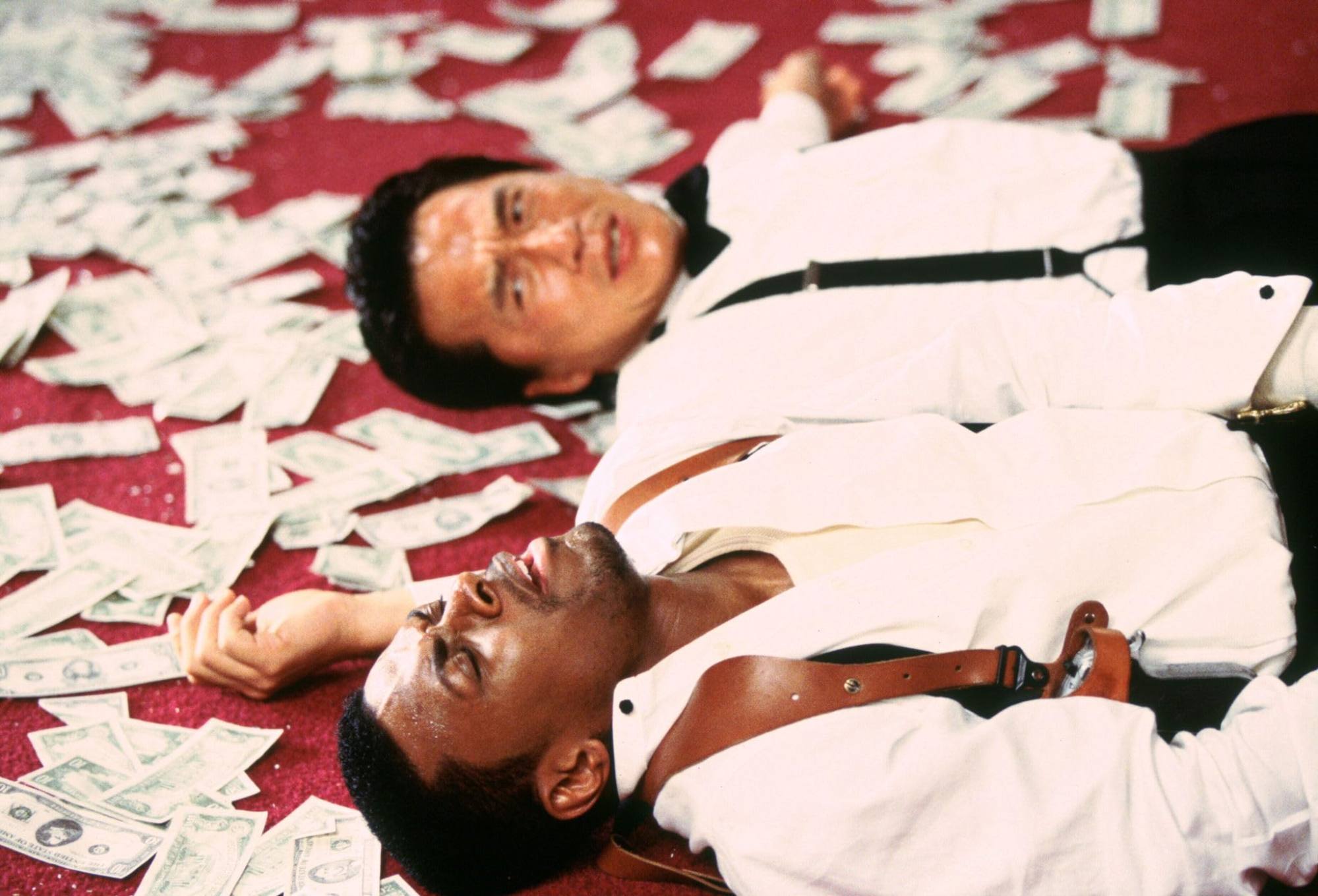
But he still found time to film two Rush Hour sequels, released in 2001 and 2007.
In this regular feature series on the best of Hong Kong cinema, we examine the legacy of classic films, re-evaluate the careers of its greatest stars, and revisit some of the lesser-known aspects of the beloved industry.

